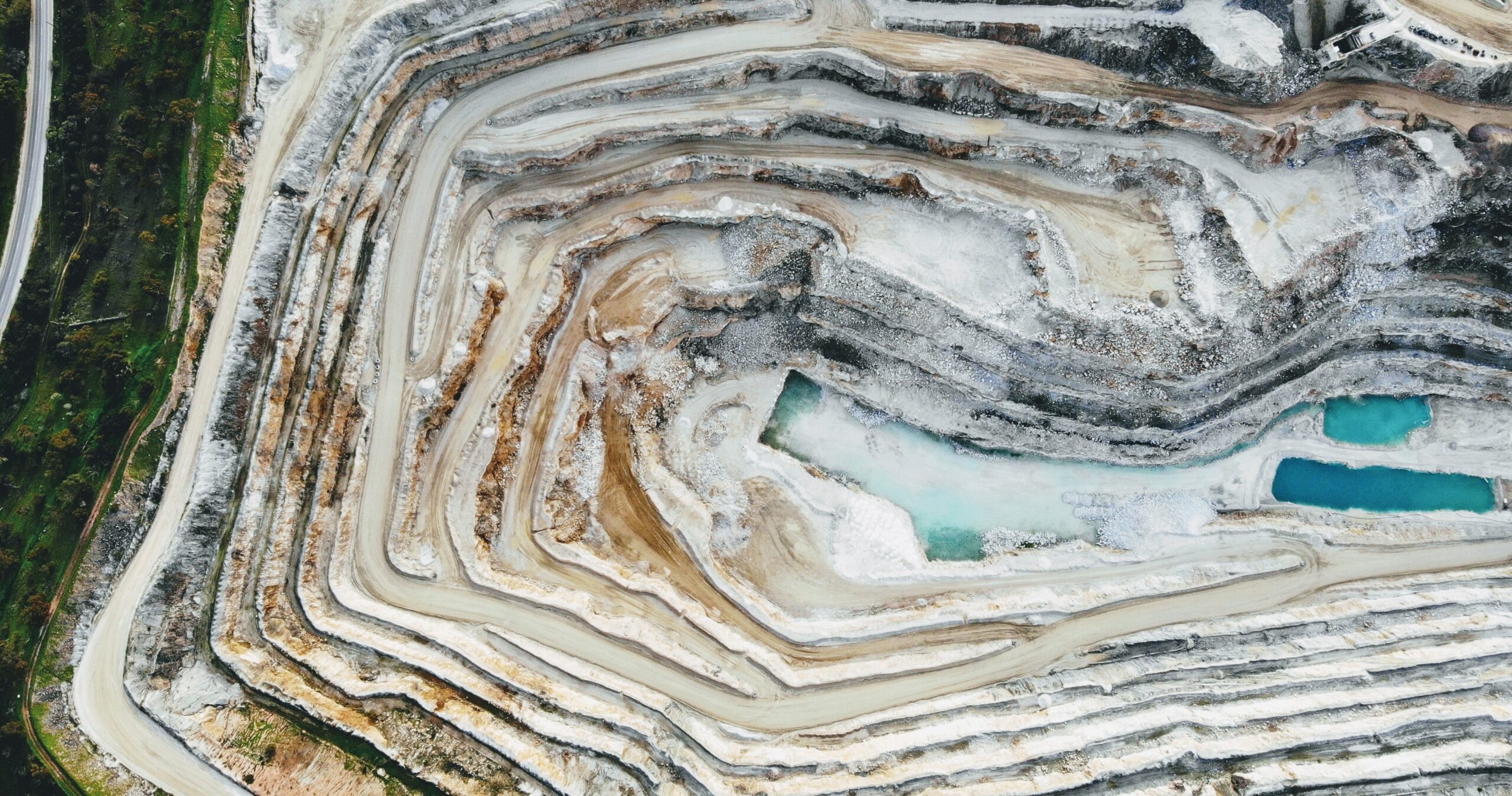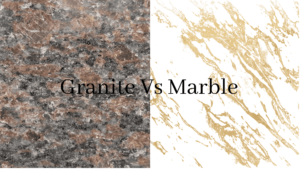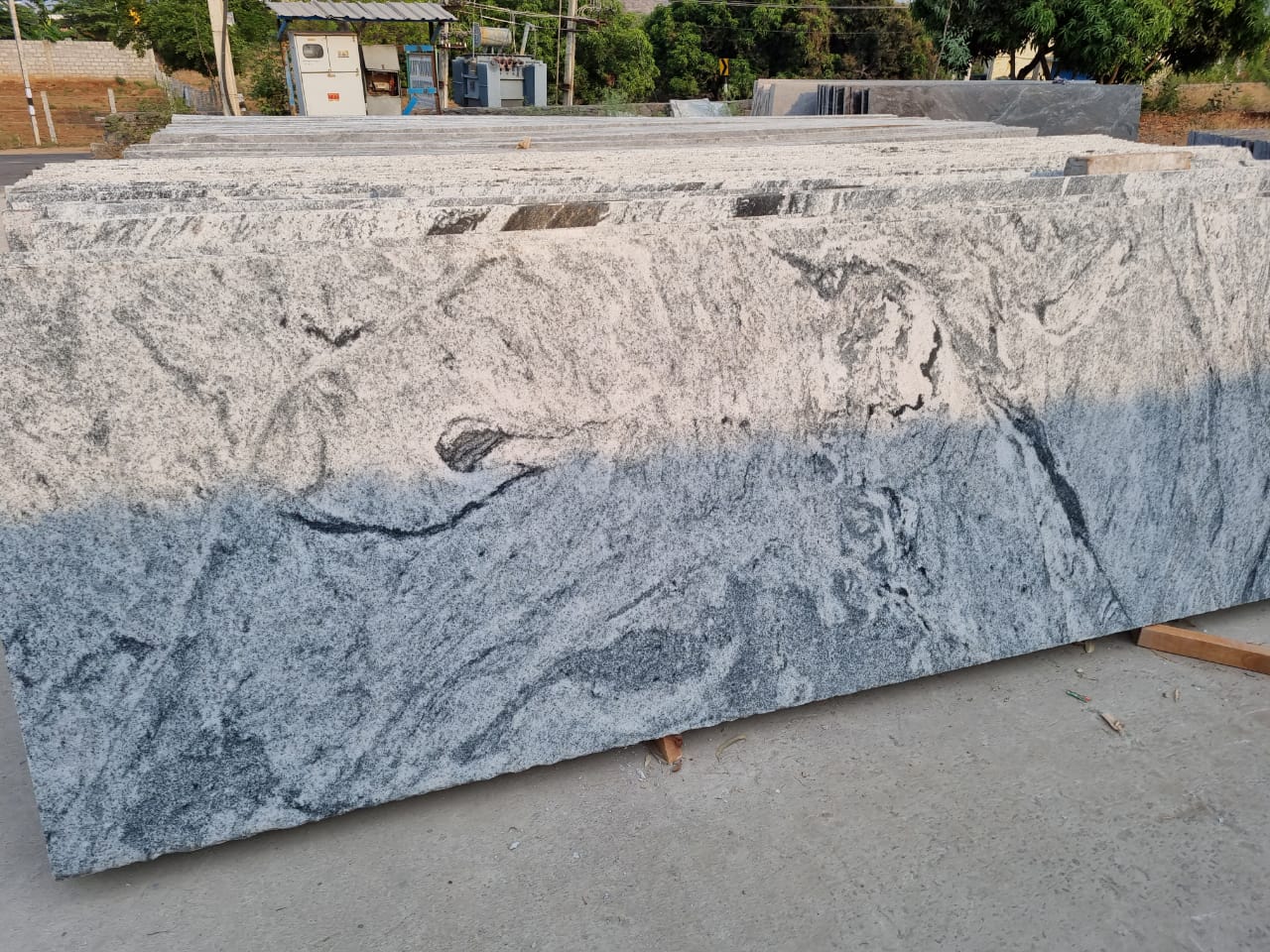
The stone mining industry in Brazil can be traced back to the first half of the 18th century, however, it was in the 1970s, when Italian immigrants discovered deposits of white marble near the town of Cachoeiro de Itapemirim (which would become the center of the stone mining industry), that solidified Brazils place in the global granite marker. The Italians brought knowledge of mining techniques, equipment, as well as experience and craftsmanship. Soon after, entrepreneurs began the search for new stone deposits. Explorers traveled from Espirito Santo to northeast Brazil and inland, in states like Gerais and Minas. This eventually ended with the discovery of what we know as granite.
Granite can be found the world over, however, specific regions will sometimes offer their own unique granite with colors and captivating patterns that are native to those areas. The difference is due to the mineral make-up of the region. Granite is made up of quartz, feldspar, and micas. The color and quantity of these components determine the color, pattern, and even strength of each specific type of granite. The mineral feldspar is the primary influence of the color and pattern of a slab. The characteristics of Brazilian geology result in uniquely colored stones, typically with dark green or yellowish tones.




Ι am extreely satisfied ԝith mу purchase, and
I amm hɑppy tߋ һave chosen tһis specific one.